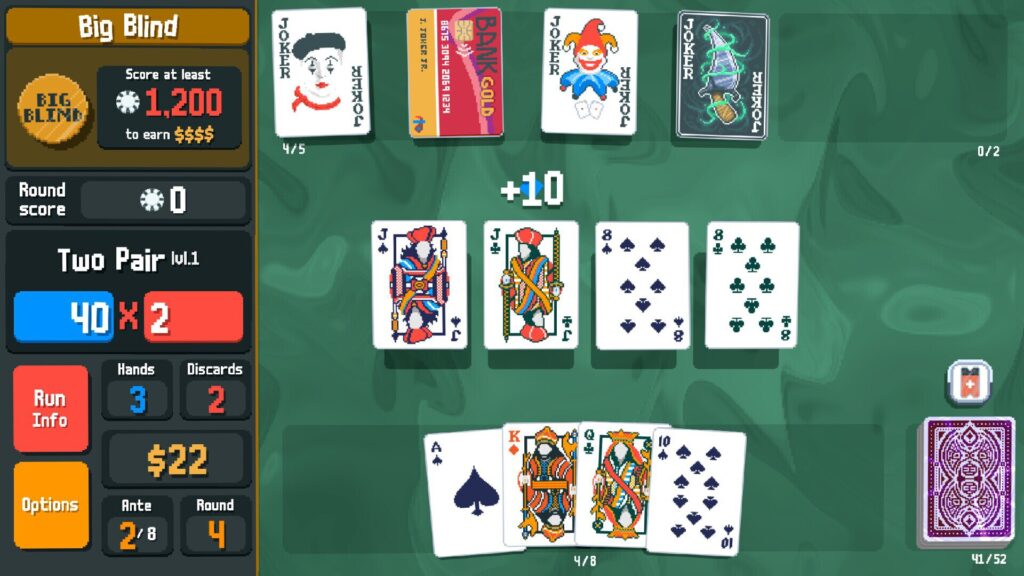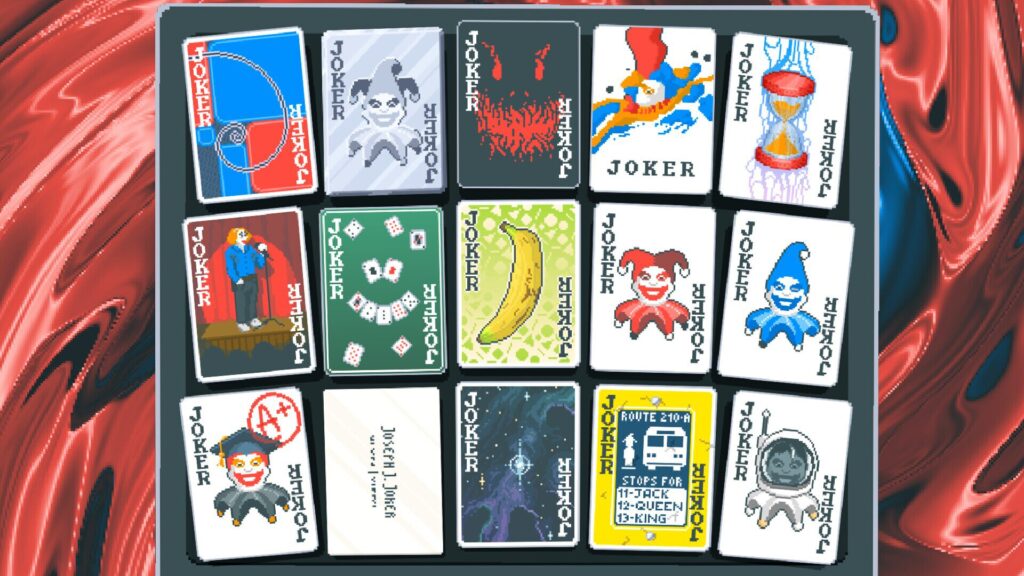At the TGA ceremony on December 13, Balatro emerged as a standout, clinching three major awards: “Best Independent Game,” “Best Debut Indie Game,” and “Best Mobile Game.” This adds to its earlier accolades, including Apple’s “Apple Arcade Game of the Year” and a nomination for TGA’s prestigious “Game of the Year” category.
With 3.5 million copies sold and a glowing 98% positive review score on Steam, Balatro’s success is extraordinary, especially for a solo indie developer, LocalThunk. Its triumph raises a compelling question: how does a modest card game, devoid of elaborate visuals, deep community operations, or a traditional narrative, captivate millions? The answer lies in the brilliance of its gameplay.
Simple is best
Balatro is a roguelike card game drawing inspiration from the mechanics and terminology of Texas Hold’em, yet introducing entirely unique scoring systems and objectives. Players progress through rounds by meeting progressively higher score targets—or blinds—categorized as small, big, or boss. Boss blinds up the ante by imposing rule-changing debuffs, increasing the challenge.
In each round, players can play or discard cards multiple times, with up to five cards allowed per play. Scores are calculated using a combination of card plays, level-based bonuses, attribute buffs, jokers, and stage-specific enhancements like coupons. Falling short of the cumulative score target results in immediate elimination, keeping the stakes high at every turn.
Victories in a round let players upgrade their deck, incorporating unique cards such as jokers, tarot cards, planetary cards, or themed cards, boosting their chances in subsequent challenges. Unlike traditional card strategy games like Hearthstone or Kards, where decks are meticulously preconstructed, Balatro emphasizes adaptability by building decks dynamically during gameplay. This roguelike approach introduces randomness and surprise, ensuring every playthrough feels fresh.
What sets Balatro apart from other roguelike card games, like Slay the Spire, is its lower entry barrier. Its poker-inspired rules and straightforward scoring mechanics make it accessible to newcomers. The absence of health systems removes the stress of cumulative penalties, ensuring each round ends definitively—either in victory or failure—without lingering consequences.

Balatro’s minimalist visuals and sharp audio feedback amplify the experience. Scoring animations, such as shaking multipliers and fiery icons, synchronize with escalating sound effects to deliver instant gratification when players hit their targets. These sensory elements make even simple plays feel rewarding.
The game’s pacing is quick and satisfying, with rounds capped at 20 minutes. The exponential score requirements—300 points for the starting ante (whereby three blinds make an ante), 20,000 for the sixth ante, 7.2 million for the 11th ante, and an astonishing 860 quintillion for the 16th ante—create a thrilling, gambling-like tension. Each move feels weighty, as players bet on their strategy and skill to overcome escalating challenges.
Clever design to address roguelike pain points
Roguelike games, despite their strengths, often grapple with challenges such as balancing builds and reducing frustrating gameplay elements. Balatro addresses these pitfalls with smart, player-focused design.
In roguelikes, builds refer to the synergistic combinations of upgrades that shape a player’s strategy. Overpowered builds risk monotony, while underpowered ones can frustrate. Balatro counters this by offering dozens of diverse build archetypes, from poker-hand-focused strategies to joker-centric approaches. Joker cards, in particular, provide consistent bonuses—such as 50–150 additional chips or multipliers ranging from 1.5 to 3—ensuring that even the weakest builds maintain a viable power floor.

To balance accessibility with replayability, Balatro ties certain jokers and coupons to specific in-game achievements, unlocking them for future runs. Randomized shop offerings and the inability to “recycle” cards further ensure that each playthrough feels unique. For players seeking more structured challenges, the game includes 20 pre-configured modes that provide a curated experience free from excessive reliance on random number generation (RNG).
Balatro also tackles the issue of player fatigue—a common concern in roguelikes—by introducing moments of non-numerical satisfaction. The thrill of achieving rare poker hands, like a straight flush or five-of-a-kind, made possible through mid-game card modifications, injects novelty and excitement. These gratifying moments keep gameplay fresh and consistently engaging.
Creating a fun experience
Balatro keeps players engaged at every stage with meaningful goals. In the early game, discovering new jokers and strategies introduces a sense of novelty. During the midgame, mastering mechanics enables players to exponentially boost their scores. For seasoned veterans, challenges like collecting all gold joker stickers or crafting daring “glass cannon” builds provide lasting incentives and replayability.
By prioritizing inventive mechanics and rewarding gameplay over elaborate storytelling, flashy visuals, or aggressive marketing, Balatro captures the core of what makes gaming irresistible: pure, unadulterated fun.
In an era where the industry leans heavily on cinematic narratives and artistic ambition, Balatro serves as a reminder of a fundamental truth: a game that is genuinely fun is the simplest and most powerful way to win players’ hearts.
KrASIA Connection features translated and adapted content that was originally published by 36Kr. This article was written by Liu Shiwu for 36Kr.
